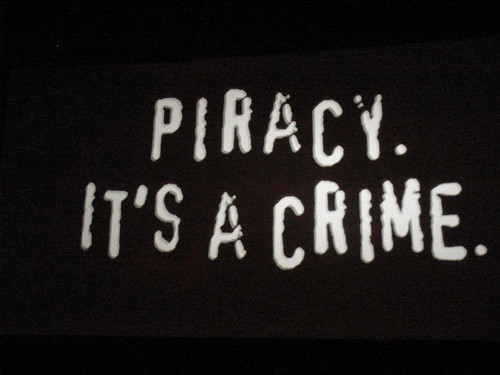We’ve been contemplating this as well, because it is going to happen. It’s probably already happened, as is commonly done today for any digital content: software, photos, movies, music, books are all easily found using various semi-reputable Internet sources. We’ll know for certain when The Pirate Bay or MiniNova have separate categories for 3D objects.
We wondered what reaction could counteract this upcoming dilemma, and contrasted against techniques used in the software world. Would they work?
Software License Keys. When you open software, it refuses to work unless you provide a key that must be purchased. Hmm, most printed objects simply aren’t smart at all. Usually they just sit motionless on a desk and have no capability for handling license keys. Nope, that won’t work at all.
Encryption. Files are scrambled until unlocked. Well, this could be done, but once unencrypted you kinda have the same issue. Not this one.
Unlocking Fob. Software comes with an actual hardware item that contains a key. The fob must be present or the software won’t work. Again, this approach won’t work with static 3D objects. Also, software users hated the damn fobs and most software companies have abandoned that approach.
Watermark. Images in particular make use of this technique, and it could actually work. By hiding a “Makermark” somewhere within the 3D model, you might be able to: a) determine if an item has been ripped off, and b) deter some portion of the theft.
You’re probably coming to the same conclusion that the software guys are coming to: Digital Rights Management (DRM) simply doesn’t work. That’s why Apple and the Music Mandarins dropped DRM from the iTunes Music Store. More than likely the same will occur when 3D object designs get popular.
Meanwhile, if we see CAD files appearing en masse in pirate networks, it only means that 3D fabbing has become popular.
Via Ponoko Blog (Hat tip to Duann)
Image Credit:


